I love how Chinese medicine is often controversial within itself! I mean look at the Wen Bing Xue (warm diseases theory) and the Shang Han Lun (cold damage theory) books! 2 different schools of thoughts, one thinking all diseases arise from cold invasion and can transform through 6 stages, and the other adamant about heat creating issues through 4 levels!
Nowadays, TCM practitioners all agree acupuncture promote self healing, but some are sure acupuncture works by stimulating nerves and connective tissues, while other are confident Qi & blood is activated through needling channels all over the body. (Don’t bite my head off on this one, I’m just stating the facts, not taking sides!).
And then, there are acupuncture point locations we are not sure of.
SP 21 could be on the 6th or 7th intercostal space, Extra point Dan Nang Xue is 1 OR 2 cun below GB 34. Just palpate and the most tender spot is the point location for that patient.
Recently I took a 2 day seminar with the amazing Yvonne Farrell, and I was surprised to hear her talk about the 16 LUO Collaterals!
SIXTEEN? WHAT?!
All I ever learned (through TCM school & books) was 15 LUO collaterals. So, I checked a few websites, even Wikipedia and all of them counted 15 LUO! But digging deeper, I found a couple discussing the 16 LUO Collaterals.
I ask Dr. Farrell about the 16th Collateral. She told me, that there is a Major ST LUO Collateral (Xu Li) just like there a Major SP LUO Collateral stemming from SP 21. Did you know that? So cool! I learned more about the LUO points and collaterals in 2 hours with Yvonne, than in 5 years in TCM school! That’s why I decided to share my new found knowledge with you!
So whether you apply the theory of the Shang Han Lun or the Wen Bing Xue in your practice, stimulate meridians or nerve pathways, locate SP 21 on the 7th intercostal space or the 6th, I truly believe you cannot go wrong if you always follow your heart (or your gut!), with the intention to help your patients.
I hope you enjoy and benefit from this post and and of course, keep rocking it using acupuncture LUO points!
Clara
TCM Geek
If you enjoy my graphics, check out my AcuPoints made Easy Book or digital version.
LUO-Collaterals
The 16 LUO connecting points are where the 16 collaterals split from the main meridians.
Functions:
- Their main function is to strengthen their interiorly exteriorly related meridians.
- The LUO Collaterals circulate Ying (Nutritive) Qi, and they act as a buffer filling the space between skin & muscles. Therefore nourishing both deep & superficial tissues.
- They release pathogens to the surface, because they flow between the main primary meridians and the Muscular regions.
- These Collaterals help us let go of what we have internalized for years.
- They allow us to process emotions and clear thoughts, especially to let go of dependence ( especially for addictions).
Each Yin/Yang paired LUO points can reenforce the opposite LUO’s function. i.e: LU 7 can help Large Intestine function, and LI 6 can assist Lung function.
LU 7 – LI 6
The connection of the TCM Lung & TCM Large Intestine shows through the skin. Together they can used for acute allergies resulting in swelling. LI 6 assist the LUNG in regulating water, and LU 7 assist Large Intestine in expelling pathogens.
HT 5 – Si 7
This is to me an interesting pair, because the TCM Small Intestine and the TCM Heart are probably the least Yin/Yang related meridians. HT 5 can be used to assist in turbid urination (Si function separating the clear from the turbid), and Si 7 calms the mind especially for sleep issues. In my practice I have found great results using them together for Interstitial Cystitis accompanied with insomnia and anxiety.
SP 4 – ST 40
This is probably my favourite pair! ST 40 is great to balance blood sugar assisting SP function to transform and transport food, SP 4 calms the mind (due to its connection to the Chong Vessel & Blood) for anxiety reenforcing ST function for mania. So in my practice, when a patient has anxiety due to Blood deficiency, I always SP 4 & ST 40 together!
LV 5 – GB 37
We know the TCM Liver & TCM Gallbladder work well together. LV 5 & Gb 37 both regulate LV Qi. So they work well for LV Qi stagnation when there is breast pain or distension.
PC 6 – SJ 5
I love the fact that these 2 points can connect through 1 needle. That makes them such a great pair! PC 6 opens the chest area & SJ 5 relaxes the upper back tension. It’s a front and back kind of relationship. In practice, I use these 2 together when a patient has shoulder blade tension and tight chest due to anxiety (Which is so common!).
KD 4 -BL 58
The TCM Bladder & TCM Kidneys connection is mostly through expelling excess water & soothing the lower back. KD 4 assist BL is urine retention & BL 58 assist KD as a distal low back point. Great pair to use for pain due to Kidney stones.
Ren 15 – Du 1
I don’t have a lot of experience with epilepsy, but I was taught REN 15 & DU 1 are a good combo to prevent attacks. Both points can be used o calm the mind and are related to the brain, so it makes sense to use them together.
SP 21 – Major LUO Point of the Spleen
I love this point!!! The Major LUO Collateral of the Spleen stems from SP 21 and spreads through all muscle regions, which makes it one of the best point for fibromyalgia, especially if the patient has digestive issues as well.
Xu Li – Major LUO Point of the Stomach
The Major LUO Collateral of the Stomach penetrates the diaphragm, connect with the Lung & Heart (at Ren 17), and exit below the breast (ST 18). It is where Zong (Gathering/Chest) Qi is located. So for irregular heart beat, palpitations, chest pain and short of breath, using St 18 & Ren 17 works quite well.
Chinese medicine is so fascinating, don’t you think?
I LOVE IT!


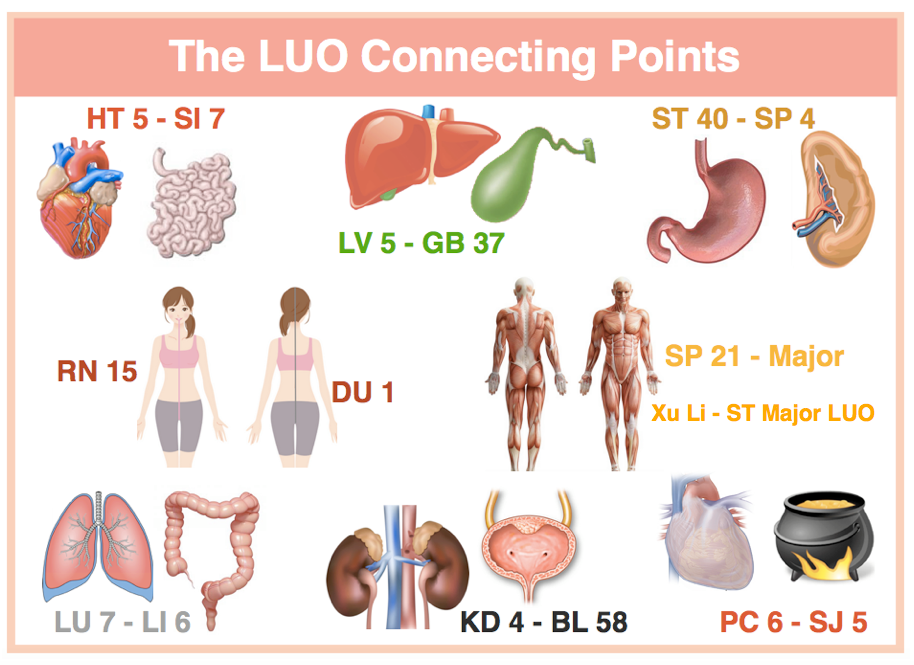
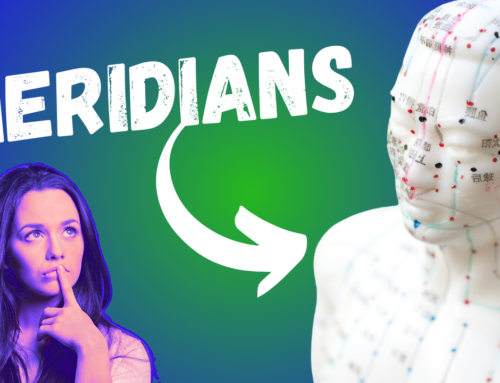
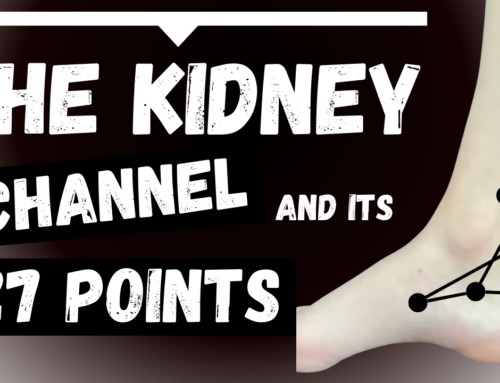
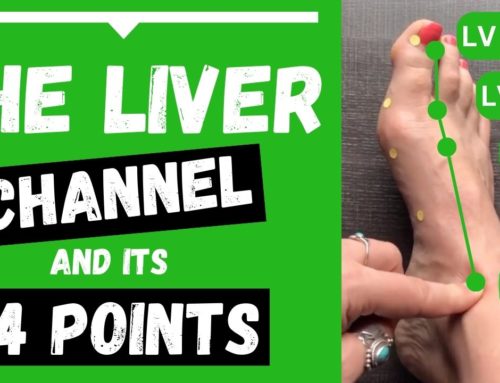
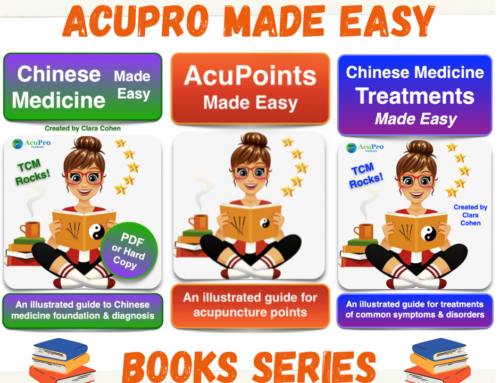
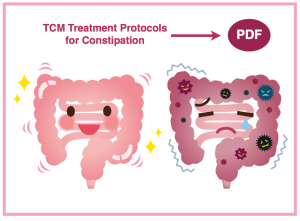
Thank you so much for sharing this.
My pleasure Denise 🙂
Well written article, Clara. I really like how you bring your personality to your writing!
Thank Elena! I miss your smile 🙂
It is very benificial.
Thank you
Neo hao&che che!
thank you. As always so grateful for your generosity and passion. It is contagious!
Awe Gillian! You made my day 🙂
Very interesting information, all new to me. Thank you!
Cool! It’s a great day when we learn something new 💝
Hi! I m a tcm student and i m doing research about shoulder hurt.
But i can t find any post of yours about this subject. Can you help me?
I m a so big fan of your posts.
Thanks Verena
I emailed you Verena 🙂
Check out my post “ALL about the TCM Large Intestine”
This article is really helpful for me because I am new in tcm. I really want to learn about tcm. What can I do. Please help. Thank you so much
Go to TCM school 🙂
Any info on Shu points?
Not yet, but will think about creating a post soon 🙂
What is the difference between LUO points and exit entry points?
Dear Clara, greetings from Chile. So, to activate the great Stomach Great Collateral you would needle Xu Li or Ren 17 plus St 18? Thank you!!
Yes you are correct Lucas 🙂
Très intéressant votre façon géniale de décrire ces couples Luo.
Merci Guy, vous me faite très plaisir!
Very nice and helpful information.
Thank you so much!??
Thank you for the information. Keep inspiring us. Looking forward to learn more from you
You’re welcome 🙂
Thank you very much that your studying for me so much helpful now.
Be healthy and happy in life
So glad to hear that it’s helping you 🙏🏻💜